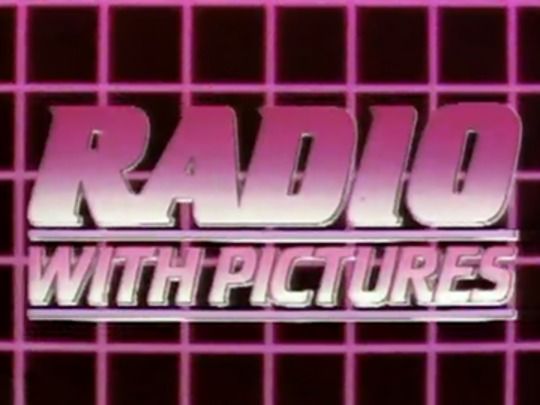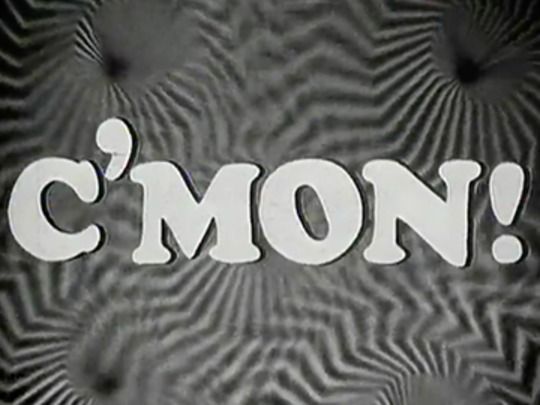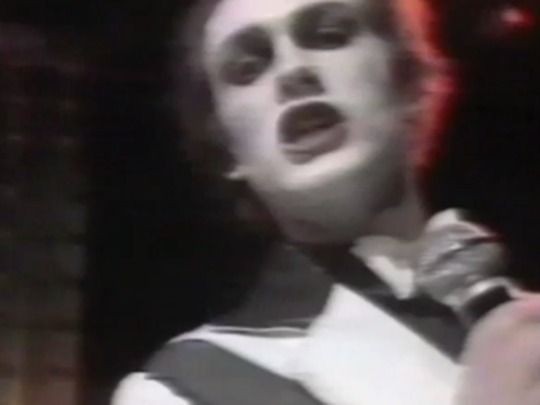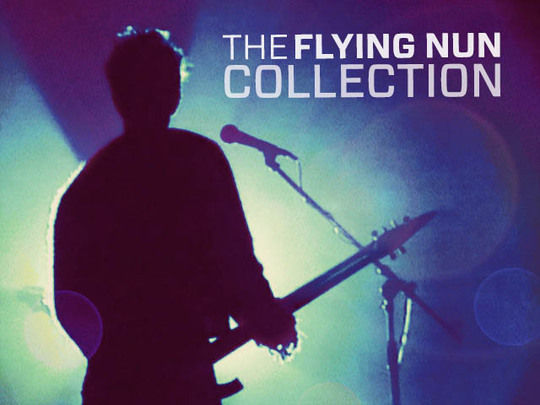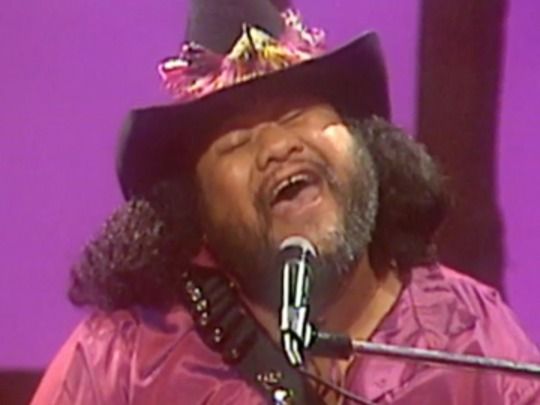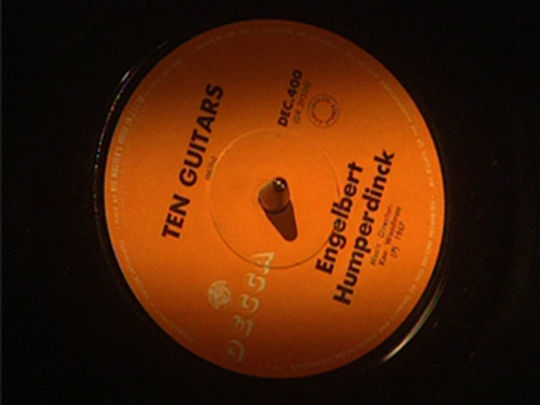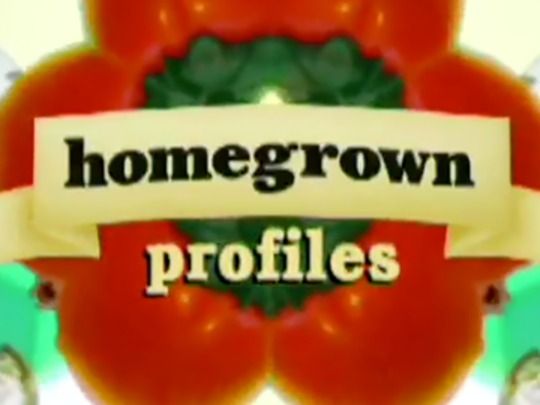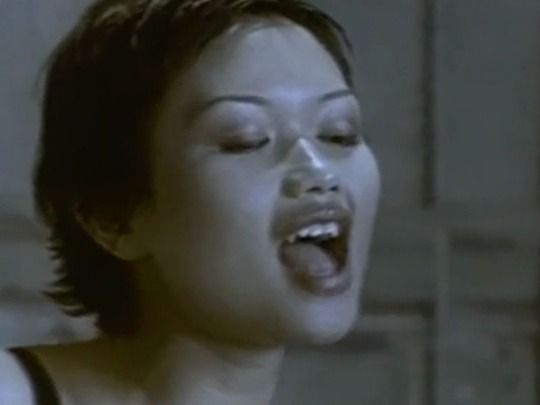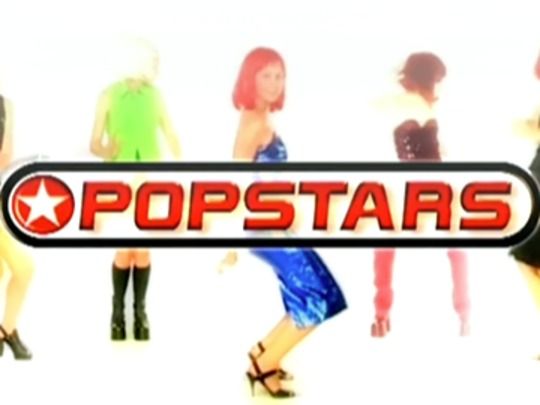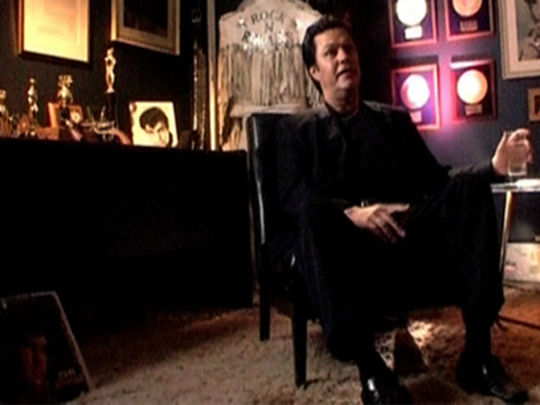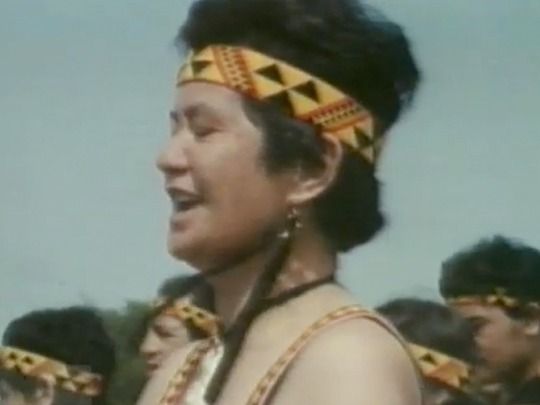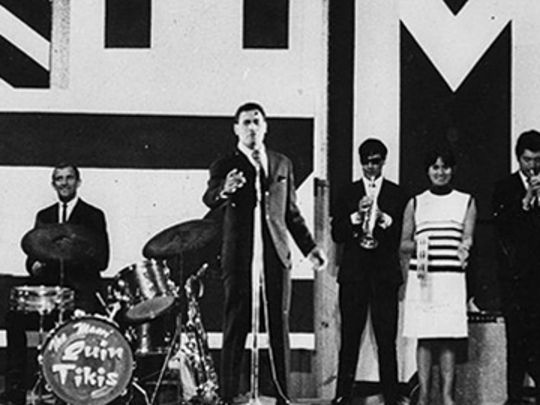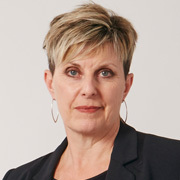Turning Up the Volume
Flipping through the decades
Auckland Museum’s exhibition Volume: Making Music in Aotearoa traced the history of popular music in New Zealand. Running from October 2016 to May 2017, it offered a “hands on, ears on” exhibition that enabled visitors to experience six decades of musical history — from the pioneering rock ‘n’ roll of Johnny Cooper to the sensational success of Lorde. This NZ On Screen collection provides a ‘screen’ context.
In the 1950s, music was primarily an auditory experience for New Zealanders. Television had yet to make its presence felt in the nation’s living rooms, but the arrival of portable radios gave teenagers newfound freedom. American musical influence from the likes of Chuck Berry, Little Richard, Elvis Presley and anti-establishment movie heroes such as James Dean can’t be overlooked, and signalled a shift in popular culture in New Zealand. Rock ‘n’ roll had arrived and the local milk bar was the place to be seen. Johnny Cooper (aka “The Māori Cowboy”) made our first local rock ‘n’ roll recording – a version of Bill Haley’s ‘Rock Around the Clock’ – and the first original rock ‘n’ roll recording, 'Pie Cart Rock'n'Roll'. Johnny Devlin emerged as our very own Elvis. The decade also marked the debut of musical great Howard Morrison.
If the 1950s was the decade of American musical influence, the 60s was a case of ‘step up Britain’: Beat bands, Beatlemania and television all held sway. Television came to New Zealand, and suddenly we didn’t seem so far away. The music shows of the day (many lost forever) provided a critical link between artist and audience. In the Groove , New Zealand’s first pop music TV show, was the first of many shows devised and produced by music TV genius Kevan Moore — as was Let’s Go.
None was more popular than C’mon, a monochrome frenzy of special effects, pop art sets, go-go girls and choreographed musicians, steered by the inimitable Peter Sinclair. The stars of the day all made appearances – including Mr Lee Grant, Craig Scott, Herma Keil, and The Chicks – often singing cover versions of international hits, giving the (largely teen) audience something to emulate. The change in tone of music at decade’s end signalled the end of the family-friendly C’mon, but music television would live on.
A wave of protest carried over from the 60s. As society fragmented and evolved, so too did musical styles. On television, the more middle-of-the-road Happen Inn and Peter Sinclair picked up where C’Mon had left off. Talent shows continued, with Studio One and New Faces introducing the audience to Shona Laing, Split Enz, Steve Gilpin (Mi-Sex) and Space Waltz. The Blerta TV series was a nod to the freewheeling and decadent times.
The 1974 introduction of colour television also proved timely. The first music show in colour was Free Ride, hosted by Ray Columbus. Grunt Machine evolved from a four-day-a-week afternoon slot aimed at teens, to a much hipper Friday night show (come on in, Mr Paul Holmes). In those pre-music video days, Ready to Roll debuted with bands and dancers, live in the studio. Radio with Pictures — RTR's more alternative stablemate — introduced punk to NZ, and became an absolute must-see for music-mad audiences. The live circuit was becoming more vibrant and many local band performances were recorded for RWP. Many flats had a Sunday night ritual based around watching the show.
In the 1980s, the wave of protest continued, but was usurped somewhat by big hair and fashion crimes. Let the music video boom begin! Stalwarts Ready to Roll and RWP continued to satiate audiences, with the former transforming into a not-to-be-missed video clip countdown. RWP, off the back of some host musical chairs, settled into the stewardship of the laconic Karyn Hay and her distinctive Kiwi twang. Aimed at younger audiences, Shazam! also rode the music video wave created by the advent of MTV and a renaissance in NZ music. And the high rating That’s Country became Saturday night appointment viewing for many.
Local drama series Heroes followed the triumphs and pitfalls of a band trying to make it in the mid-80s music biz. It was also the tax break era for filmmaking. Among the spate of local films, a few had a strong local music thread, like Should I Be Good? (1985) and Queen City Rocker (1986), whose soundtrack featured top Auckland musicians of the day. That same year, a dispute with record companies saw TVNZ temporarily taking all its music shows off air for a few months, and replacing them with True Colours, which featured bands live-in-studio and interviews.
As the 1990s began, music videos dominated music television. Local music videos soon flourished, and became slightly more sophisticated too, thanks to the influence of a decade of MTV, and the establishment of NZ On Air in 1989 – creating a dedicated promotional push for local music and funding for video clips. Supportive film crew allowed the realisation of creative visions far exceeding available budgets. One music video in particular, OMC’s ‘How Bizarre’, screened 14,986 times on US networks alone (in 1997 and 1998) when the song became a huge worldwide hit.
The 90s was also the decade where New Zealand got its very own music channels, Cry, Max, Juice, and later a local MTV – albeit briefly. Hosted by Bic Runga and Ian Hughes (aka Hugh Sundae), series Music Nation was devoted to Kiwi music, and there were a number of countdown shows, including Ready to Roll (RTR) in varied guises. While more magazine show than music show, the long-running Mai Time – which became a stand-alone show in 1997 – had a high music quota, and played a key part in the gestation of local hip-hop and mainstream exposure of Māori musicians. Popstars, forerunner to the late 90s TV talent show explosion, debuted in 1999 – the same year TV2 screened Ground Zero, a late night music show hosted by Francesca Rudkin and Graeme Hill, who remembers it as “a continuous pile up”.
In the new millennium, Space became TV2’s late night music series, alongside sister show Squeeze (originally commissioned for MTV). Both were fronted by Francesca Rudkin. She went on to front Hum, which aired on TV One. Prime TV also had weeknight music primer Cue that ran from 2000-2002. After the demise of M2, a channel-within-a-channel that screened overnight on TV2 from 2001-2003, there was some music channel stability, with the transformation of TV4 into C4.
Alongside music videos, C4 featured local music programming, including Homegrown, Homegrown Profiles, and Rocked the Nation, which counted down 100 highlights of NZ music history. Two instalments of landmark music history series Give It a Whirl screened in 2003 and 2006 respectively. The same period saw a local version of Top of the Pops. ALT TV launched in 2006, the year when a local MTV channel again made an appearance on the Sky platform, before being replaced by MTV Australia in 2010 – by which time C4 had shifted its focus away from music programming, and ALT TV had been placed in liquidation.
The internet has changed the way the audience satisfies their need for music videos, but in-depth documentaries and features have been a constant throughout: Good Day - The Music and Record Industry, Ten Guitars, Shihad - Beautiful Machine, Nesian Mystik - For the People, Finn for a Day, Bill Sevisi’s Dream, Numero Bruno, Heavenly Pop Hits - the Flying Nun Story…the list goes on! New Zealanders remain connected to the place that local music has in their lives.
- Kathryn Quirk is Content Director of NZ On Screen. Her career in broadcasting and production includes producing music shows for TVNZ, and time as General Manager of MTV New Zealand. She admits to partaking in 80s fashion crimes (mainly hair-related) and residing in flats that ritualised the viewing of Radio with Pictures on Sunday nights.
